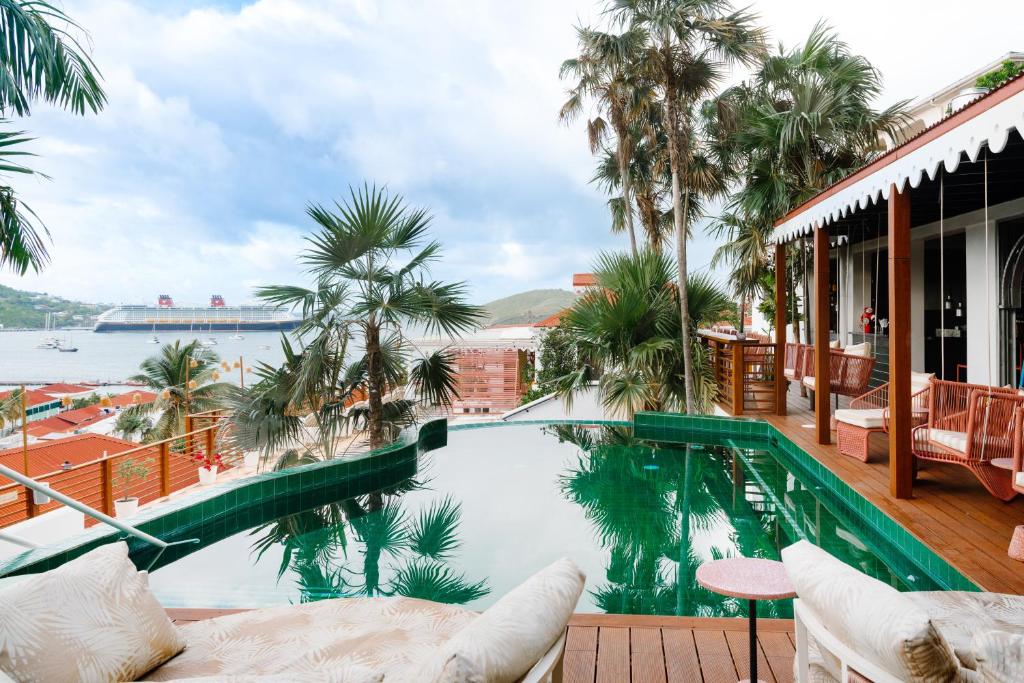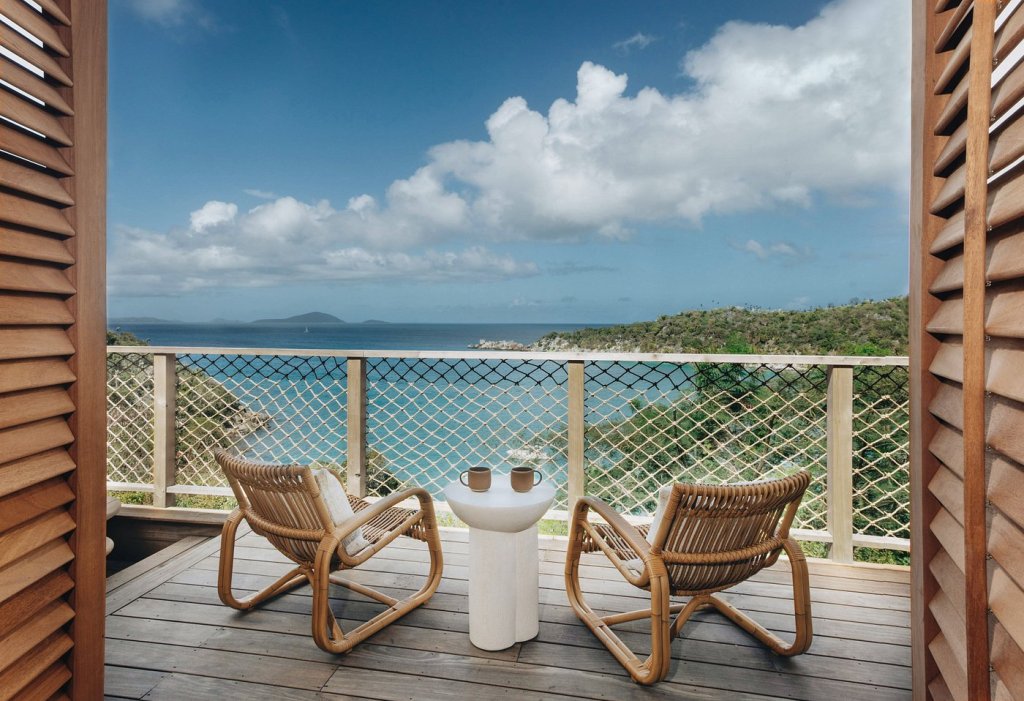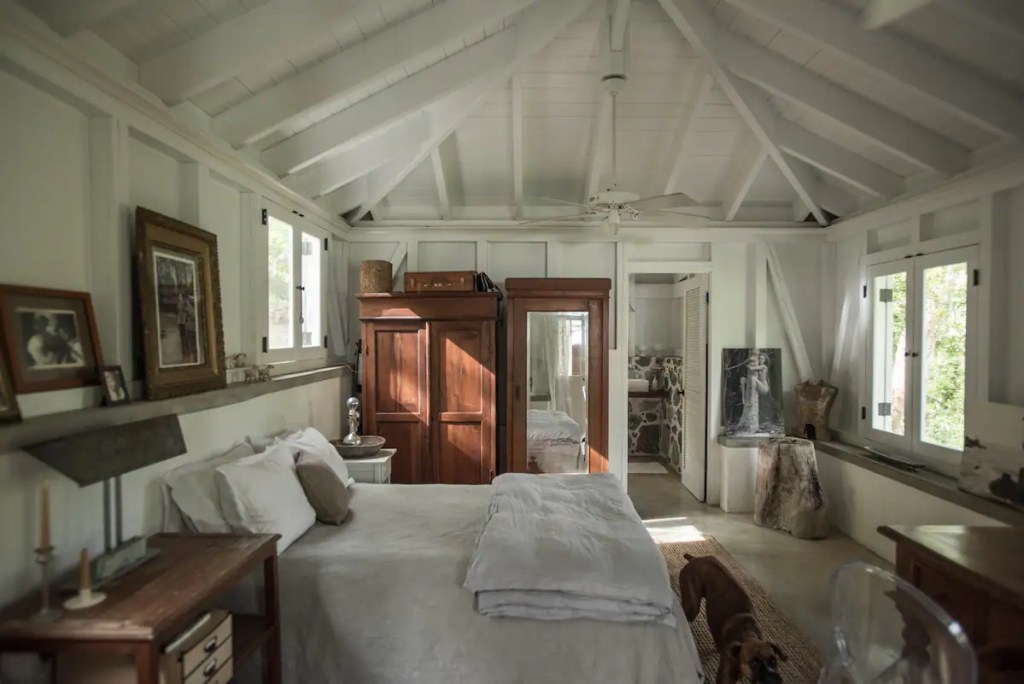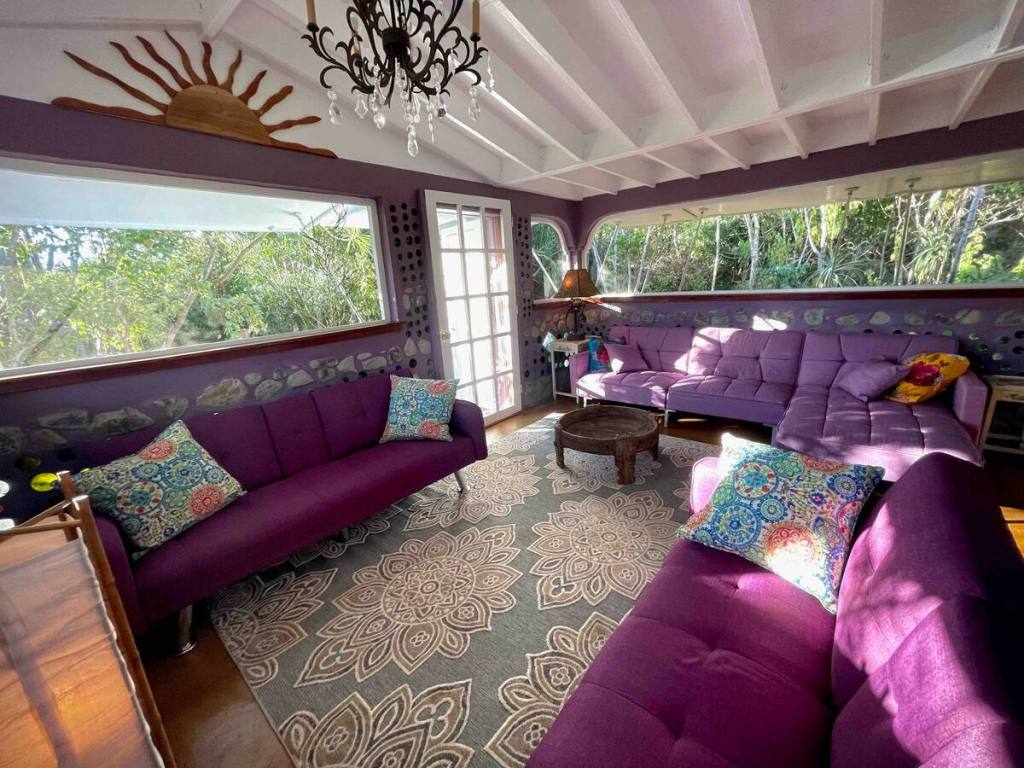Members-only social clubs are a tricky subject.
Just how exclusive are they? What do they offer members aside from a sense of belonging and gravitas? And how can the average person get involved?
There’s no straight answer.
Every club has its own target demographic, aesthetic, and goal.
But I can tell you that not all social clubs are created equally. Some represent the old guard. Some price out true innovators. Some simply don’t have enough to offer for how much they cost.
But there’s a new project that popped up on my radar in Los Angeles—one that I think is worth writing about. (This isn’t a sponsored post, by the way. I’m just a fan.)
The Aster is a social club (and boutique hotel) that I would join if I lived in Los Angeles. Here’s why I think it’s worth your time if you’re visiting Los Angeles or call the City of Angels home.
Welcome to The Aster
So, what’s different about this private-members club and boutique hotel?
The Aster calls itself a ‘hybrid house of hospitality’, which is the type of integrated experience travelers should be on the hunt for. It opened its doors in Hollywood back in 2022 and has been carefully building outs its suite of features and amenities since then.
I love the concept of a hotel-social club. It’s a dynamic new concept in lodging and remote work, especially for digital nomads and creative professionals who need a bit more out of their club, co-working space, and/or hotel stay.
Oh, and The Aster is luxury, too. That’s important to mention.
The Aster Hotel: open to the public
The Aster is a members-only club, but its hotel is open to the public. No membership required.
I think that dash of accessibility is hugely important, as it allows visitors and newcomers in Los Angeles to explore the city from a few swanky-as-hell pied-a-terres.
The Aster offers 35 high-design suites. They’re flooded with natural light and include private patios, open floor plans, and opulent bathroom amenities.
And guests who aren’t official members still have access to certain benefits at The Aster, including the outdoor pool, rooftop restaurant, gym, and club lounge.
Plus, all the really amazing events The Aster regularly schedules.
Events, you say?
Let’s dig into the features and benefits that The Aster’s members are treated to.
For a single location, it’s pretty staggering—and it’s what I think makes The Aster worth your attention. While the hotel and club angle are top-notch, I’m all about those extras.
So here’s what you get with The Aster—
- Friday movie screenings—elevated movie screenings, to be more specific. They’re hosted at an on-site cinema that seats almost forty. It pays homage to LA and its filmmaking industry, allowing members to immerse themselves in the city’s culture.
- A full-length wellness program that launched this summer. What’s involved in the wellness program? Things like daily smoothies, group workout classes in a brand-new Pilates studio, human design workshops, soundbath experiences, meditation classes, and more. What I love about this wellness program is that it’s designed for both professional and spiritual wellness. That might sound a little at odds, but as a millennial freelancer whose work is close to her heart, professional and spiritual wellness are often closely intertwined.
- Human design workshop. Human design is a method to get to know ourselves on a deeper level. It’s usually labeled as New Age, incorporating practices and knowledge from traditions like astrology, the Kabbalah, the I Ching, and more. Human design workshops can help fuel professionals in both the workplace and in their personal lives.
- The Aster Art Initiative. This new program (launching in September 2024) rotates mini-residencies from artists who will showcase their work throughout the property. So far, names like Florian Morlat, Nora Shields, Kim Fisher, and Matthew Kelly Debbaudt are on the docket.
The professional angle
Let’s not forget about one of the foundational components of The Aster: to provide a distinguished place for millennials (and others) to network, synthesize ideas, and otherwise collaborate.
The Aster offers a club lounge that includes lounge space, a dining room, a bar, and meeting spaces—all of which are open seven days a week to members.
Combined with all the offers above, there’s a lot going on at The Aster that simplifies, streamlines, and fosters creative and professional work.
Best of all, you’re connected to The Aster’s network of professionals. As someone who works at a trendy coworking space in Barcelona, I can tell you that I really love rubbing elbows with likeminded professionals. It’s inspiring, motivating, and it’s constantly expanding my horizons.
Want to learn more? Explore The Aster’s membership program.





